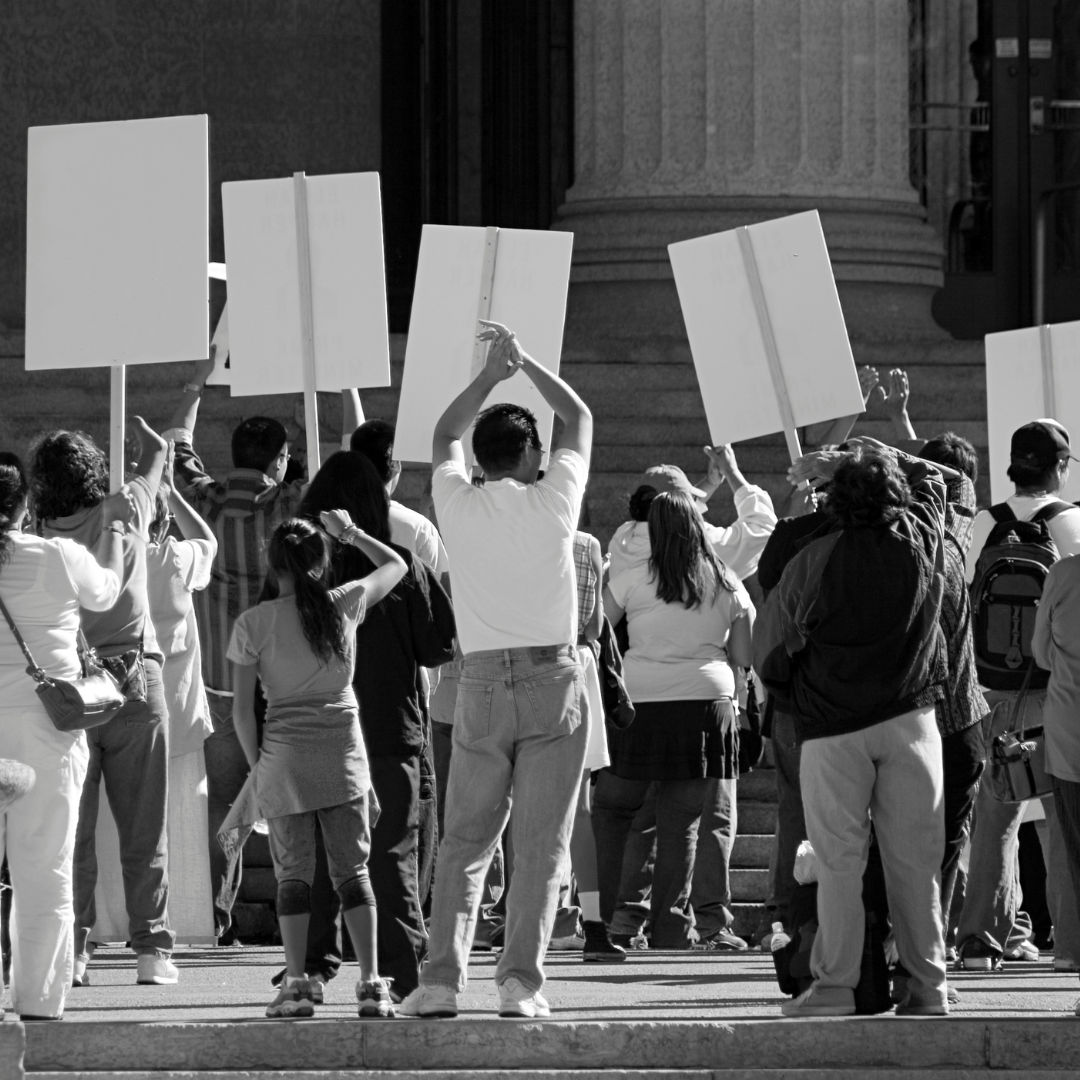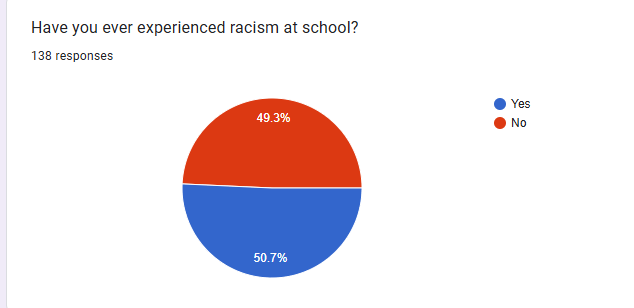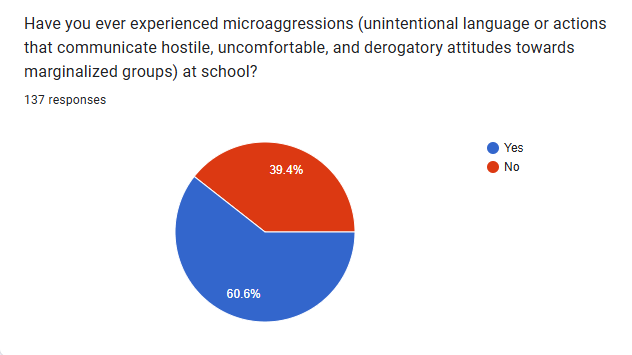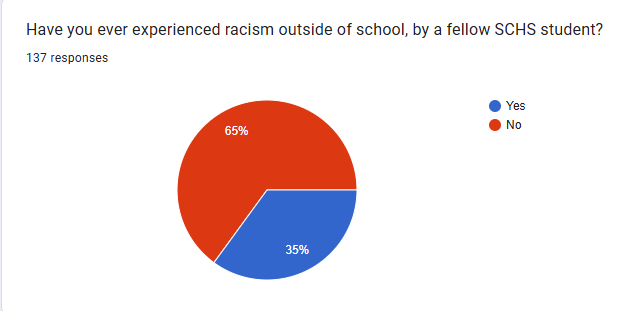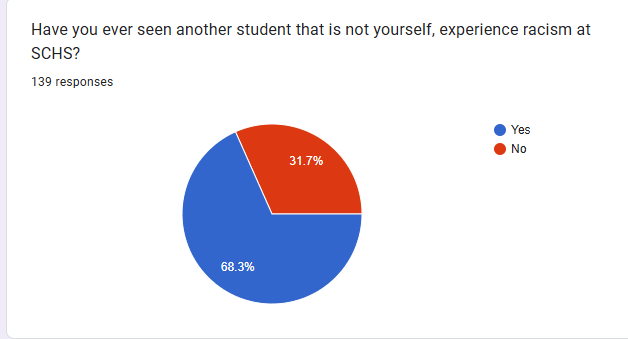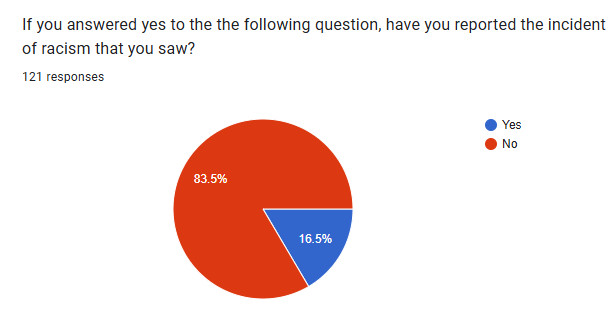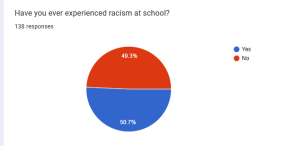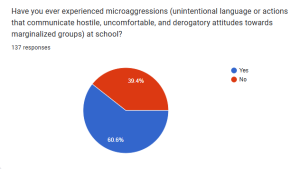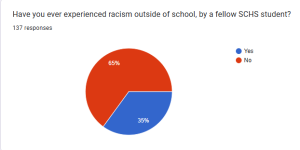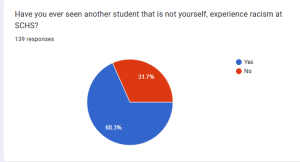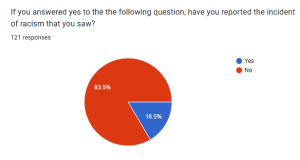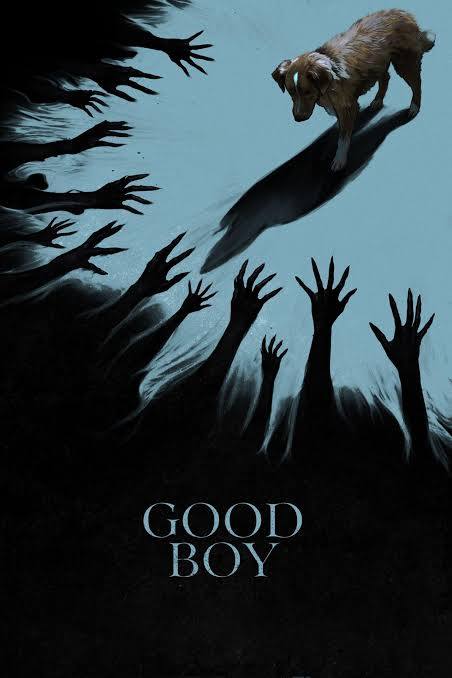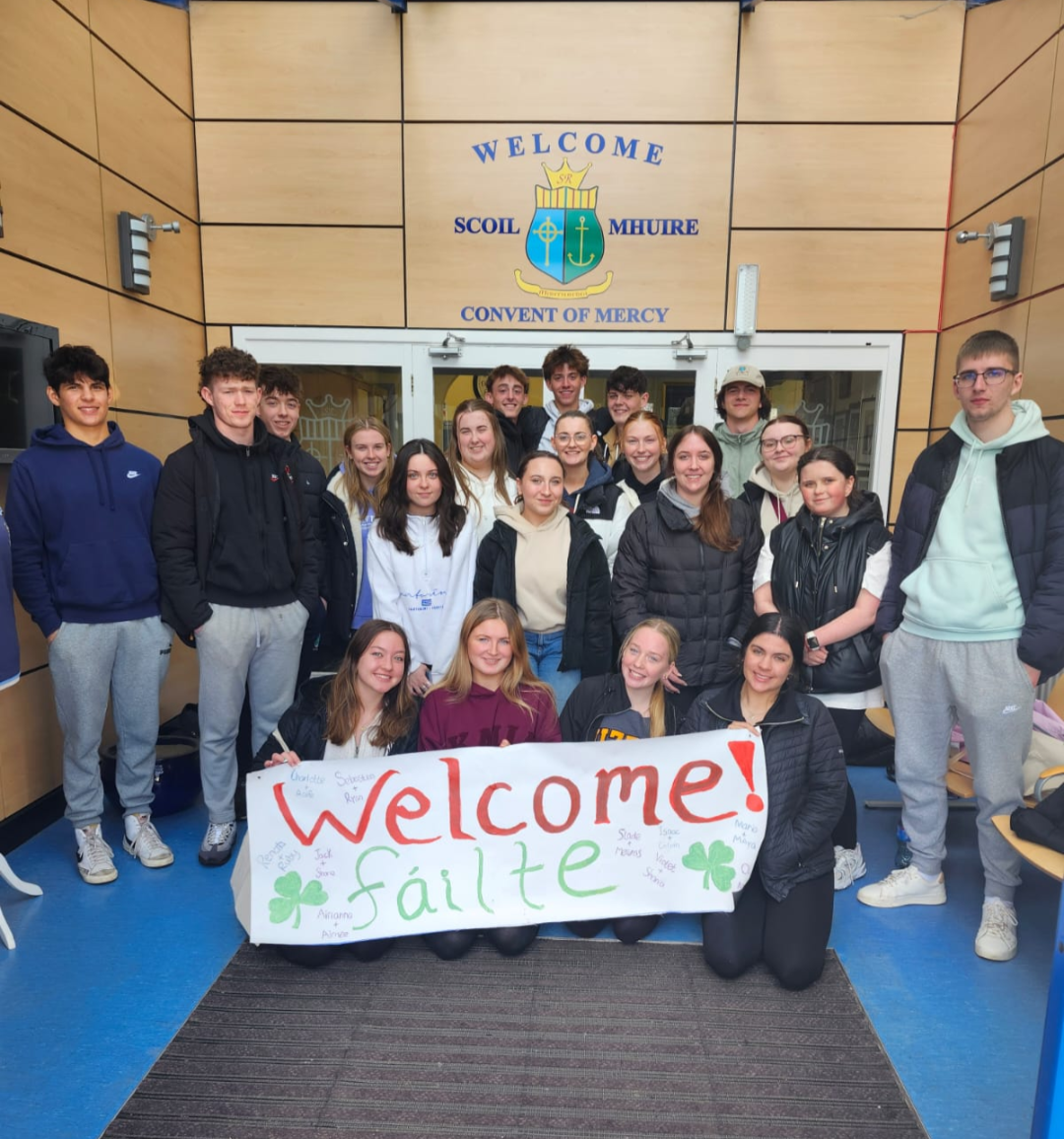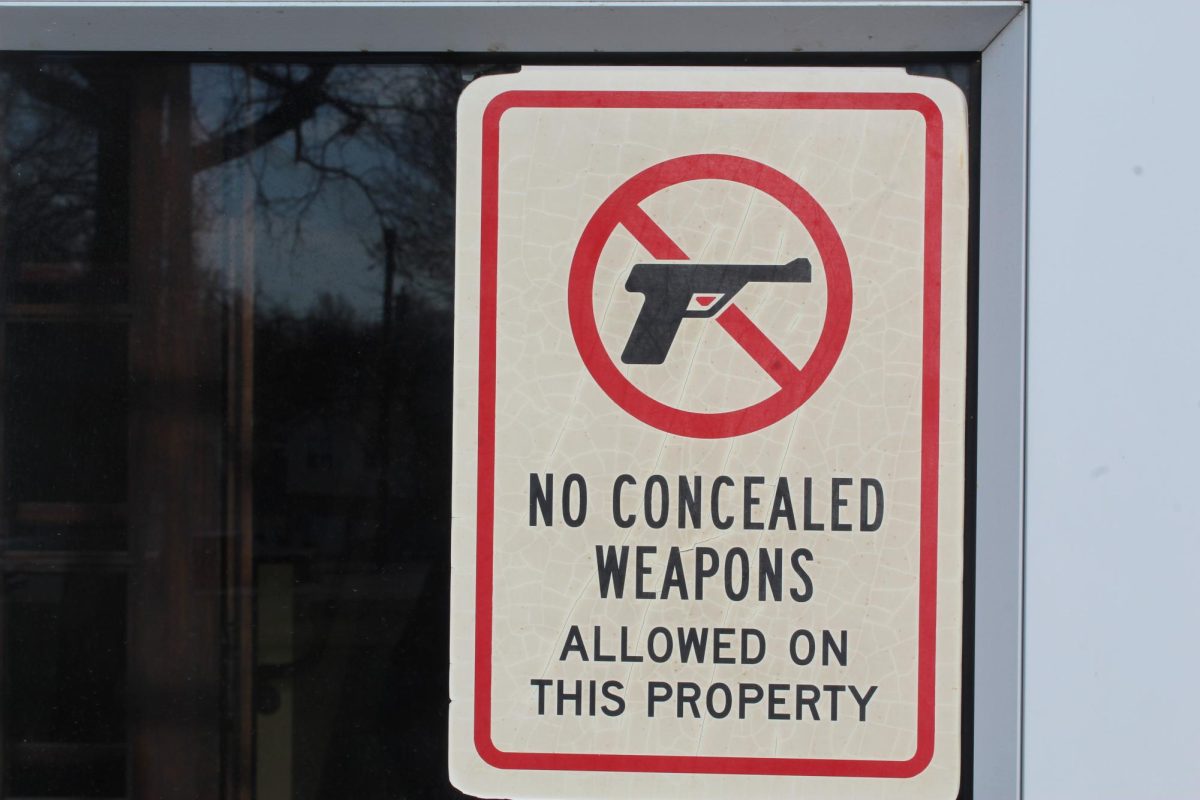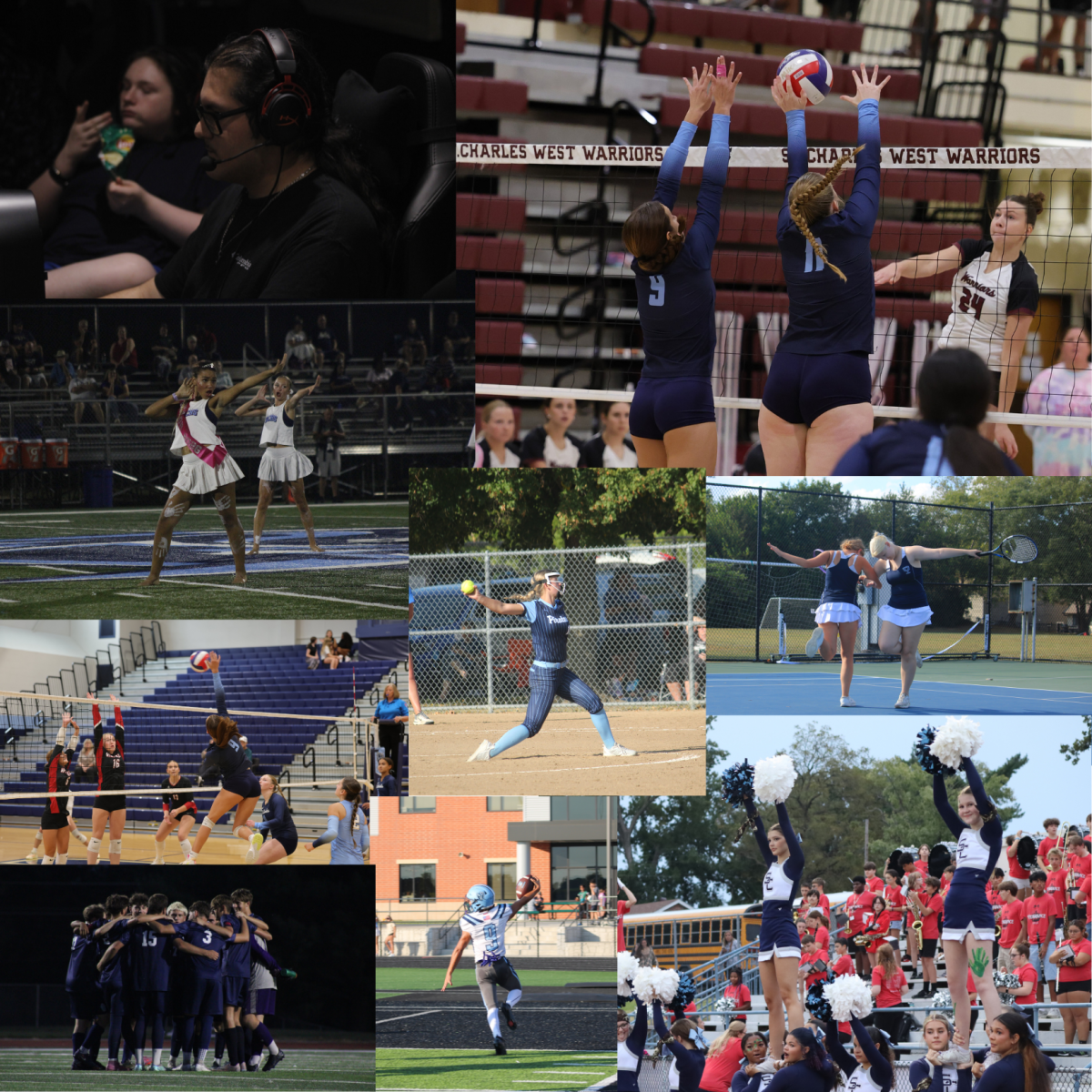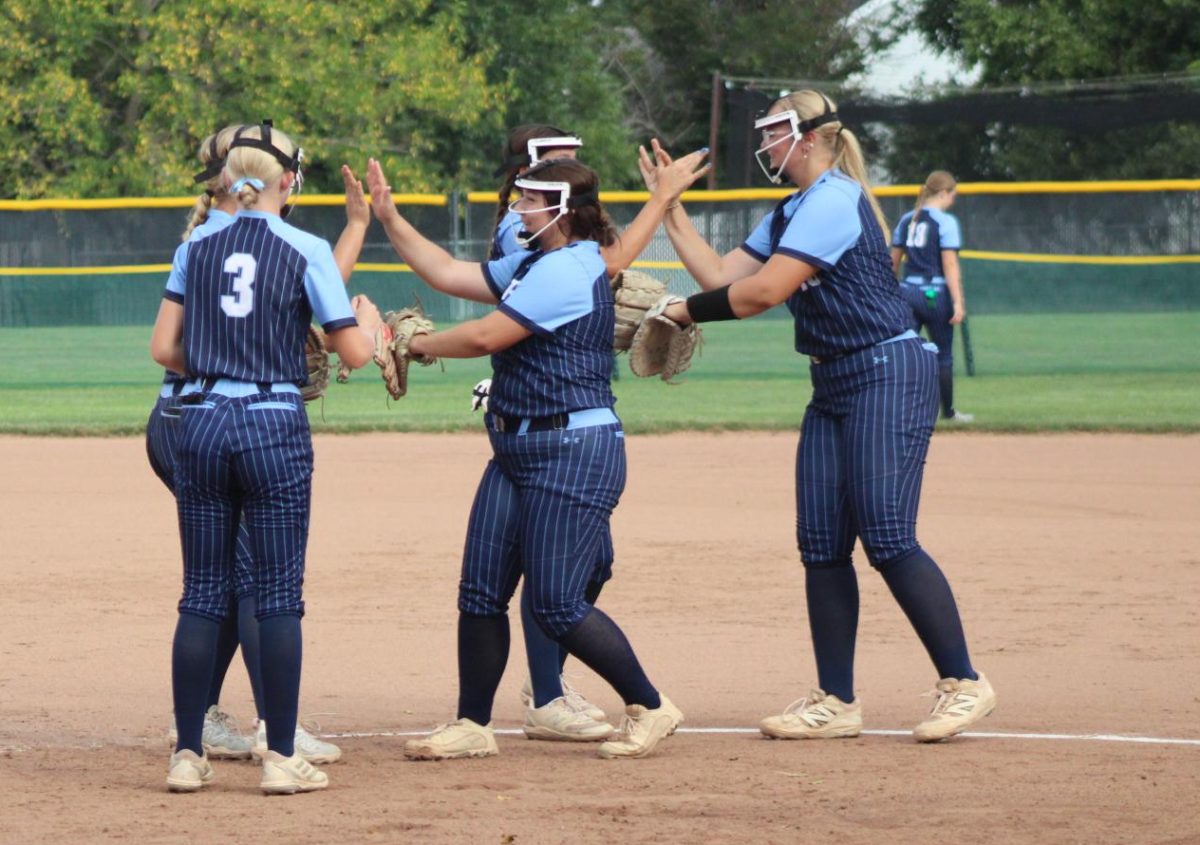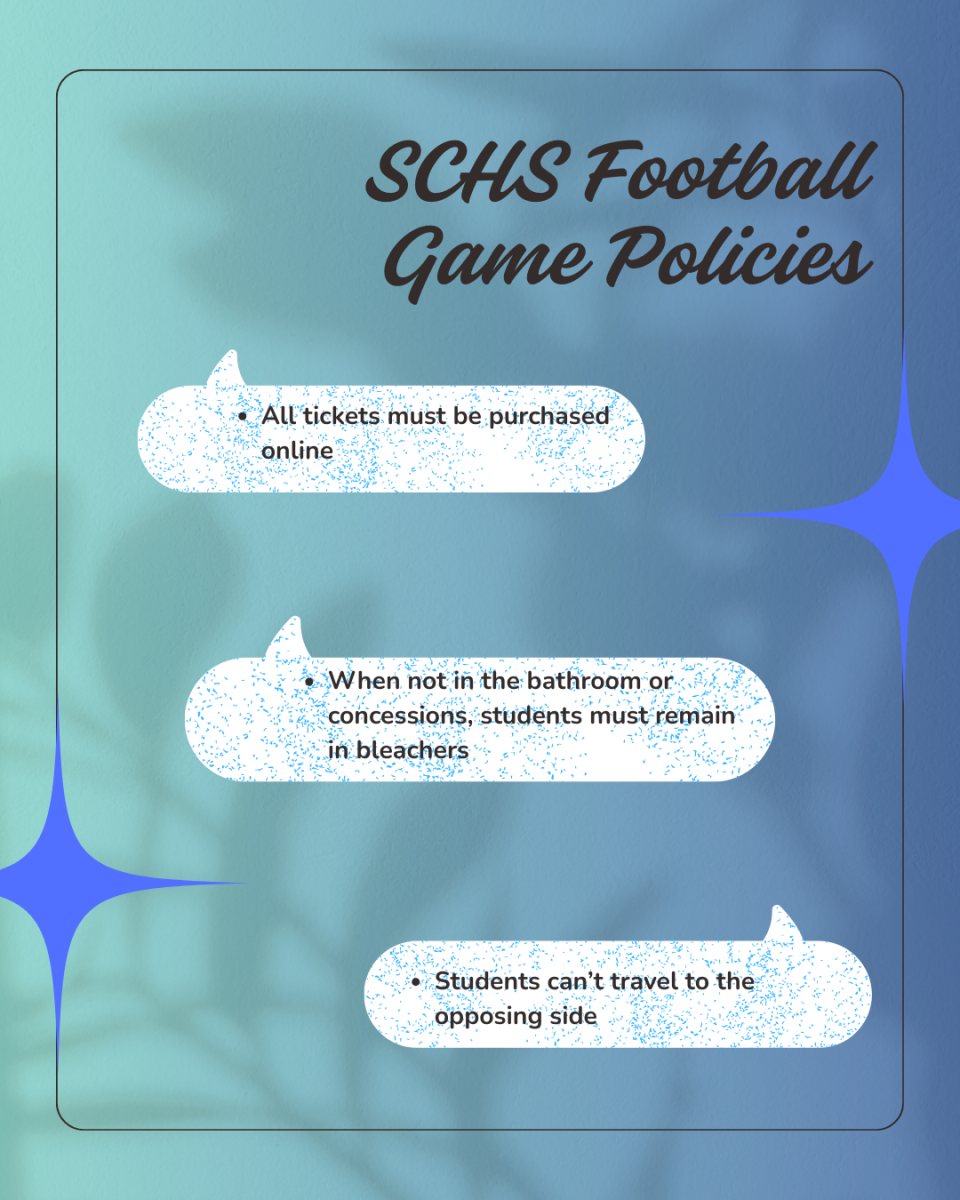Racism has been an issue in the United States since its creation, from slavery, to Jim Crow laws and now in 2025. This country was built on the labor and oppression of people of color and has never really recovered from its racist past. Racism is a selective concept, especially here in the United States, which is why it’s important to know the history of racism when addressing it in the context of now.
When people think of racism in the United States, they understand it as prejudice, discrimination, and oppression from white people to non-white people. They imagine antebellum slavery, Jim Crow, or systemic racism.
This isn’t wrong, racism in the United States has been repeatedly perpetrated by white people to non-white people, however this assumes (consciously or not) that all racism is group against group, or worse, only capable of being done by white people. Any group or race of people can be racist or hold racist ideals, but living in a country where hatred towards people of color has caused such a power imbalance, the concept of racism can’t be reversed to affect white people. That doesn’t dismiss racial prejudice, which is prejudice that can happen to any group of people regardless of the balance of power.
Hatred due to ethnicity, religion, and skin color has been a concept for a very long time. In 14th century Europe, white Europeans targeted Jewish people and blamed them for all of their problems. Later in the Americas, this continued when white Europeans created a racial hierarchy and viewed themselves as superior to Native Americans, African Americans, Asian Americans, Hispanic Americans, Jewish Americans, and other minority groups.
Seeing the current political state of our country is troubling right now; it feels as if we are going back in time, especially when the Supreme Court of the United States recently ruled that Immigration Customs and Enforcement is allowed to target Americans simply on the basis of their skin color and the language they speak. Donald Trump has sent ICE and the National Guard to many different cities in the United States most notably Los Angeles and Chicago, where masked agents have targeted people of color, arresting them without warrants. The Secretary of State has revoked student visas for students, in particular Muslim students, for exercising their freedom of speech. The Trump administration’s actions are consistently normalizing rhetoric that is promoting racism and discrimination.
The rise of racism and hateful rhetoric that is currently going on inside of St. Charles High right now is a reflection of the current hate and rhetoric that is being perpetuated by the current administration. It isn’t something that we can just see on the news and ignore anymore, it is directly affecting the people of color and minority groups at SCHS and making us feel unsafe, ignored, and uncomfortable.
On Monday, Oct. 6, the SCHSnow staff sent out a survey to the student body consisting of five multiple choice questions with yes or no responses, and three spaces for students to elaborate. The forms’ responses truly highlight the significance of racism with students at our school.
Out of approximately 800 students here in our school building, 140 responded.
The statistics from the yes or no questions are as follows:
Every response is meaningful and everybody’s experiences and responses were heard and valid, here are a few that stood out.
“At some of the football games, racist comments have been made……..I have also heard multiple white people say the n word during the football games as well.”
“I’ve been sent death threats, picked on, called the hard R, and flat out bullied just because of the color of my skin. So why is it that the people who are actually racist and have been saying/doing racist things, they only get a slap on the wrist? I’ve been at this school for 4 years and I have been seeing/experiencing/reporting racism and I can confidently say that every racist altercation that I have seen/been in, the offender never faced any consequences after the engagement. I’ve seen too many black students afraid to speak up, because they know that nothing will change even after they say anything. If you all are going to bring light to these types of problems, please fix it.”
“Many girls on my sports team had felt personally affected by seniors on the team and they had made various racist comments to them or about other people in front of them.”
“The person looked at another person at their birthday party and said the N word to [their] face.”
“I got called the N word by a student here. Every time the subject “Slavery” came up, People would look at me and laugh and it made me very uncomfortable. I got called the hard R in English class and I didn’t know what to do because I was scared to speak up and report it.”
“Over my years of being at this school I have experienced racism on levels of playful to outright blatant. I’ve been called slurs (including mine, I’m Asian) and have had racist remarks thrown at me even for my clothing (“Hey can you read that?” “Hey what does that say?” “Hey can you make me my chow mein?” “____-Chan” “Master ____, ‘Rere’ my ‘egg-rowls’?” etc), white kids black kids and mexican kids all throw racist remarks at me cause I’m asian, and I don’t expect it stopping anytime soon because it happens out of school too.”
“Though I have never personally experienced racial discrimination, I’ve seen others show anger or discomfort around Indians, and Muslims. as well as discomfort around other groups such as the LGBTQ.”
“I once heard a group of boys talking about how “All people from anywhere but the US should move back home because they’re taking our jobs.” They laughed after it then continued to talk about the ICE situation and the pass of racial profiling as a praise.”
The responses we received on the form were from all different groups including white people, elaborating on experiences of racial prejudice they have experienced.
Why racism occurs is a loaded question, one that can’t be answered in a single paragraph and taken as the answer; racism shows up in various people for various reasons, though there are commonalities. Racism – xenophobia -, is a learned behavior. Be it existential hatred for a certain group, or subtle prejudice against an individual, it is taught from one person to another, usually a guardian to a child, but also a friend to a friend, or an influencer to a follower.
At St. Charles High School, we are limited in what we can do. Institutional racism is baked into the laws of a government most of us can’t vote to change, and individual racism is a product of personal experiences too diverse to generally solve, however there are still some things we can do. Truly and genuinely acknowledging and recognizing that: we are not guilty for the crimes of our ancestors, but are responsible to fix the damage they’ve done; that anyone can discriminate against anyone else, and that anyone else can truly be anyone else; that our differences are real, but understanding those differences as products of historical and societal events, and treating them with the respect they deserve is important. We can do this by actively and extensively teaching the history of minority groups in the United States that focuses on how one group got to where it is now, instead of an abstract and chronological list of events. We can also improve our reporting system, modernizing it to accommodate the new phone ban, i.e. providing ways for students to raise concerns in person rather than via a QR code, or by sending emails to a specific person or persons that can address the issue directly. Reconciliation is also an important focus that the school can choose to follow. Reconciling two parties with each other directly can give the best results on easing discrimination and prejudices held by one or both parties. Reconciliation does not mean eliminating responsibility, it means providing proper channels to people to report, explain, and work together to fight against racism.





